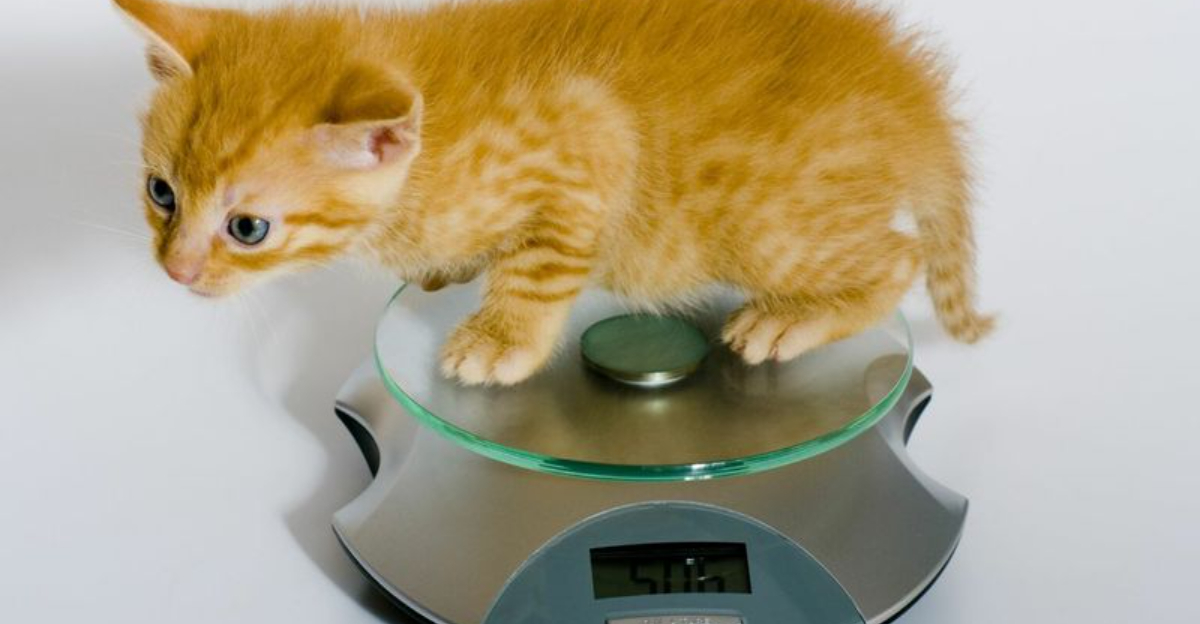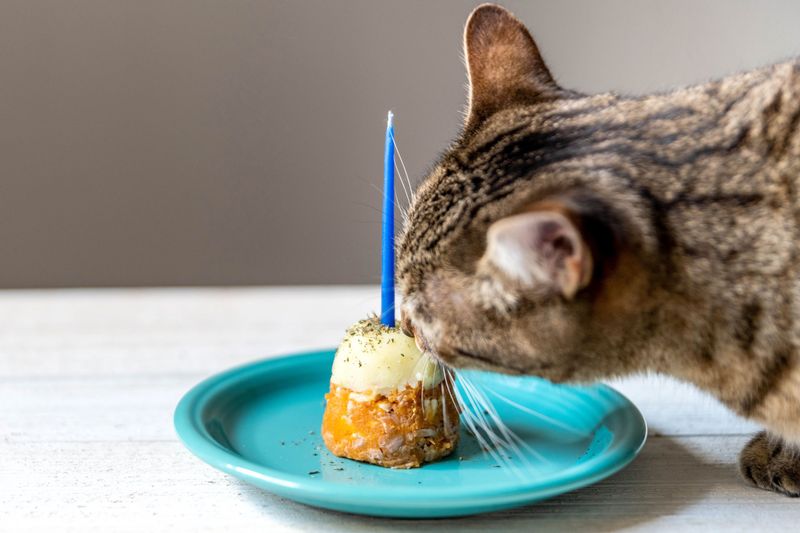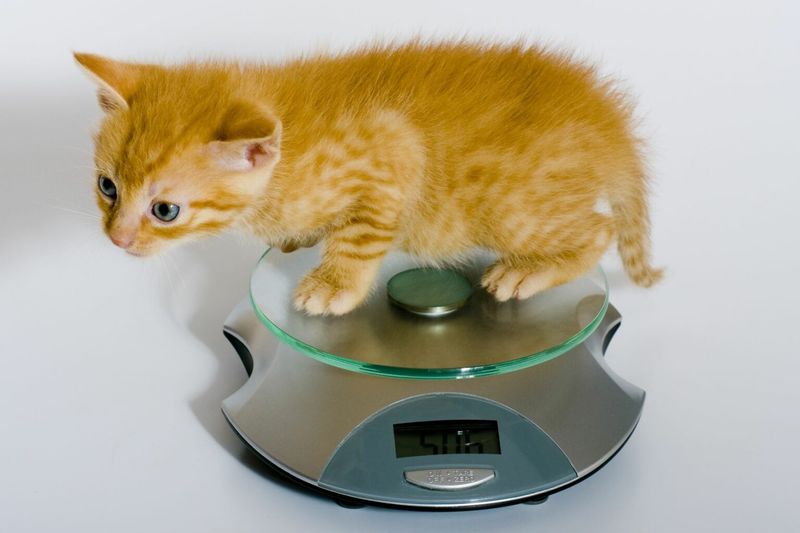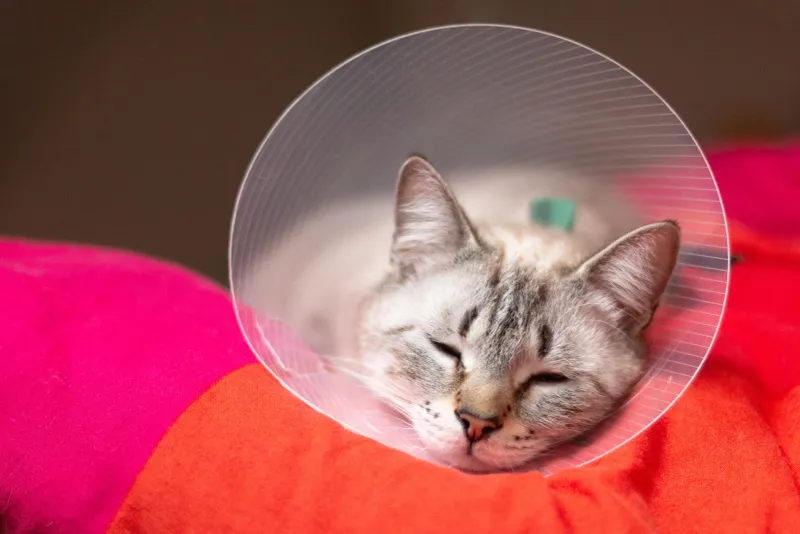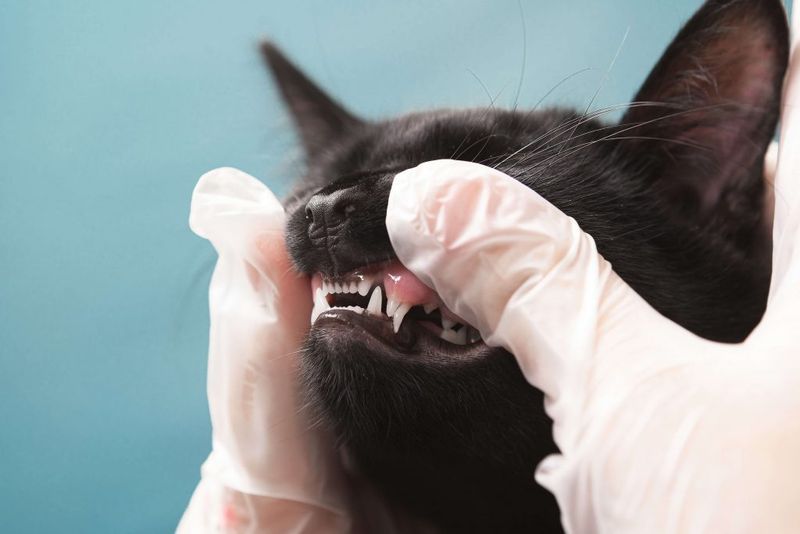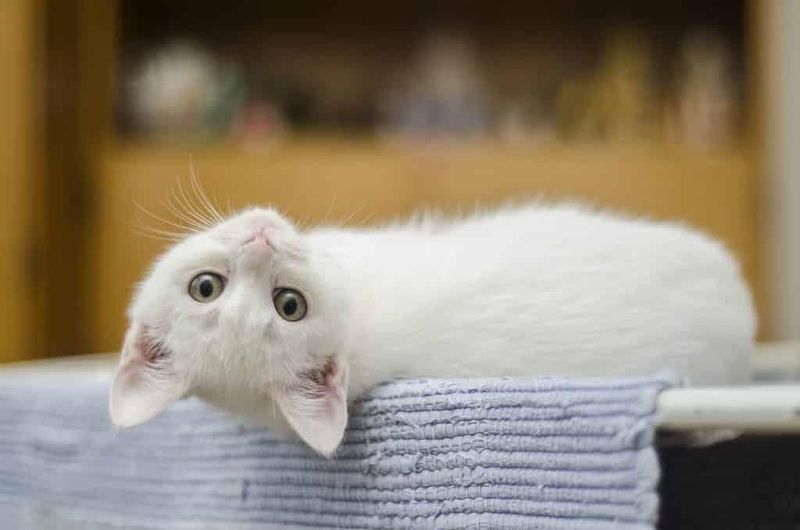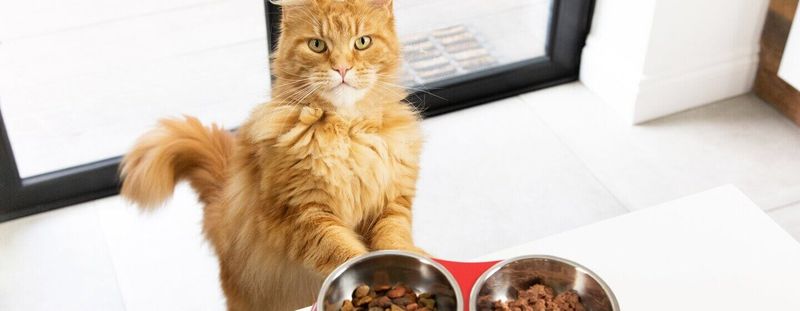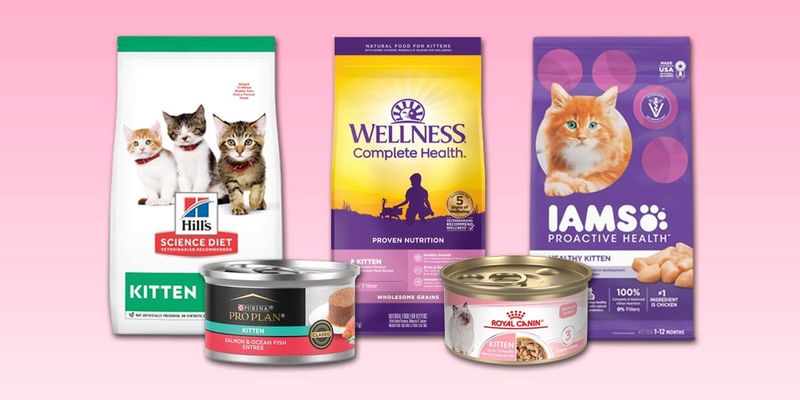📖 Table of Content:
Making the switch from kitten food to adult cat food is a big step in your feline friend’s life—and one that often leaves pet parents with a lot of questions. Just like babies need different nutrition than adults, kittens require specially formulated food to support their rapid growth, high energy levels, and developing immune systems. But as your kitten matures, those nutritional needs start to shift.
Transitioning to adult cat food at the right time is crucial for maintaining your cat’s long-term health. Switching too early could leave your kitten undernourished, while switching too late may contribute to unnecessary weight gain or nutrient imbalances. There’s no one-size-fits-all answer, either—each cat is different based on their breed, size, activity level, and overall health.
So how do you know when it’s time to make the change? To help guide you, we’ve outlined seven important signs and milestones that indicate your kitten might be ready to transition to adult food. From physical development to behavior changes and vet insights, these tips will help you feel confident about your cat’s next nutritional phase.
1. Age Milestone (Around 12 Months)
Hitting the 12-month mark is often the signal that your kitten is becoming an adult. Veterinarians generally recommend switching to adult food when a cat turns one, but that can vary depending on the breed. At this stage, the intense growth phase has usually tapered off. You might notice that your kitten’s body has become more proportioned and filled out. While some larger breeds like Maine Coons take up to 18 months to fully mature, most cats are ready for the transition around their first birthday. Don’t rely on age alone—observe other signs of maturity as well. Knowing the typical developmental timeline can help you plan a smooth food transition.
2. Stable Growth Rate
Sudden spurts of growth are common in the early months, but eventually, that pace slows. When your kitten stops gaining weight as rapidly, it’s a good sign their calorie needs are leveling out. This plateau indicates their body is no longer in a high-demand growth phase. Stepping on the scale regularly can help you track this shift. Gradual and consistent weight gain is normal, but significant slowing down suggests adult food is on the horizon. At this point, feeding kitten food could lead to excess calories. Consider this moment an ideal time to evaluate their diet with your vet.
3. Spaying or Neutering Recovery
Following a spay or neuter procedure, your kitten’s metabolism often changes. It’s not unusual to see a slight dip in energy or appetite post-surgery. Although this doesn’t mean you should immediately switch to adult food, it’s a window to reassess their dietary needs. Hormonal shifts from sterilization affect growth and behavior, which in turn influences nutrition. Use this time to establish new routines and monitor eating patterns more closely. Many pet parents find this to be a transitional phase in more ways than one. Preparing for a switch in the months after surgery is often a smart move.
4. Teething and Adult Teeth Fully Developed
Kittens begin losing their baby teeth around 3–4 months of age, and by 6–9 months, adult teeth typically come in. Chewing ability improves significantly once their full set has developed. That means your cat can now handle the texture and size of adult kibble with ease. Textural changes in food won’t be as overwhelming for them. If your kitten starts crunching more confidently, it’s a subtle clue they’re ready for new food. You may also notice them showing interest in adult food if they’re sharing a home with an older cat. Observing these behaviors can guide your timing for the switch.
5. Energy Level Stabilization
Kittens are little dynamos, racing around the house and getting into everything. However, as they approach adulthood, those wild bursts of energy usually begin to mellow. Reduced hyperactivity may indicate that their caloric requirements are starting to decrease. Your once tireless furball might now enjoy longer naps and less chaotic play sessions. It’s completely normal for adult cats to have a more balanced activity level. Feeding high-calorie kitten food past this point could lead to weight gain. This change in energy is often your cat’s way of saying, “I’m growing up.”
6. Healthy Weight and Body Condition
Maintaining a healthy weight is crucial for a smooth transition to adult food. If your kitten’s ribs are easily felt but not visible, that’s a good indicator of a healthy body condition. On the other hand, a pudgy belly or excessive weight could mean it’s time to reassess their diet. Kitten food is rich in fats and proteins, which are great for growth but not ideal for a more sedentary lifestyle. Keep an eye out for any dramatic changes in body shape. Consulting with your vet for a body condition score can give you a clearer picture. Once your kitten is holding steady, it may be time to switch.
7. Veterinarian Recommendation
Your veterinarian is your most reliable resource when it comes to dietary decisions. Based on breed, health status, and development, they can offer tailored advice. A checkup around your kitten’s first birthday is the perfect opportunity to discuss the transition. They may recommend gradual mixing of adult food with kitten food to ease digestion. Sometimes underlying health conditions require nutritional tweaks, which your vet can catch early. Following their guidance ensures you’re not making decisions in the dark. Don’t underestimate the value of professional input during this phase.
